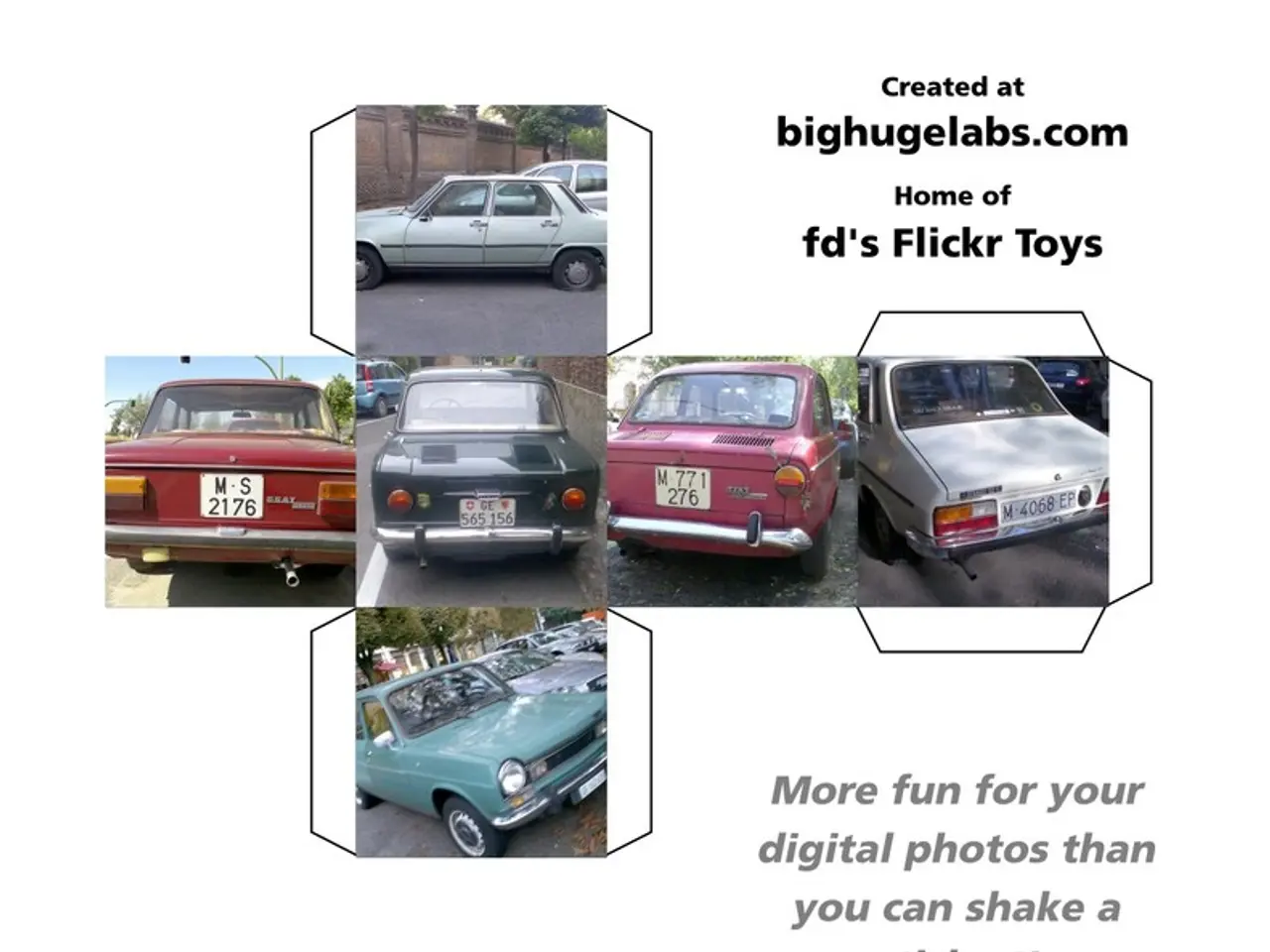Strategies for avoiding incidents of highway fury or road anger
In the bustling streets of Britain, road rage incidents continue to be a pressing concern for motorists. A study by CAP HPI reveals that one in five road users in the country are threatened with physical violence annually, and 22 percent of motorists have admitted to getting out of their car to argue with another driver due to road rage.
Road rage, fuelled by impatience, perceived slow driving, and aggressive driving behaviours, can be a dangerous and stressful experience for all parties involved. To navigate the UK's roads safely and peacefully, it's essential to understand common triggers and adopt defensive driving techniques.
Common triggers for road rage in the UK include tailgating, aggressive maneuvers such as excessive speeding, abrupt overtaking, or running red lights, and impaired judgment and loss of control caused by anger and frustration. Around 53 percent of tailgaters follow too closely because the car in front is driving too slowly, while 40 percent do so out of impatience.
To avoid becoming a target of road rage incidents, maintaining a safe distance from other vehicles is crucial. This helps reduce friction with other drivers, even if they exhibit aggressive behaviour. It's also vital to stay calm and patient, avoiding aggressive responses or gestures, as reacting to tailgaters or other aggressive drivers may escalate the situation.
Avoiding aggressive driving behaviours yourself, such as abrupt maneuvers or speeding, can also help prevent road rage. If you encounter a tailgater, do not brake suddenly; instead, safely allow them to pass when possible without escalating tension. Using deep breathing and focusing on your own safe driving can help maintain control of emotions and reduce risk.
The increasing popularity of electric cars has led to a new source of conflict, as drivers queue and jostle for position at EV charging stations. To maintain peace in these situations, it's best to follow good manners and wait for a signal from a fellow motorist to join the queue. If you feel threatened, drive to the nearest police station or a busy area such as a petrol station, contact the police, and/or press the horn repeatedly to deter a would-be attacker.
It's also important to avoid attempting to rebuke or 'educate' a driver who you believe is in the wrong, as this can escalate conflicts. Impolite hand gestures should be avoided during car journeys to prevent escalating conflicts.
In summary, road rage in the UK is often triggered by impatience, perceived slow driving, and aggressive driving behaviours. By adopting calm, defensive driving and maintaining safe distances, motorists can minimise their risk of becoming a target. Remember, the road is a shared space, and by showing consideration and restraint, we can all contribute to a safer, more peaceful driving environment.
[1] CAP HPI, 'Road Rage: How to Avoid it and Stay Safe', 2021. [2] RAC Foundation, 'Understanding Road Rage and Aggressive Driving', 2020. [3] Department for Transport, 'Guidance on Driving Safely', 2019. [4] Highways England, 'Managing Stress and Anger While Driving', 2020.
- The study by CAP HPI indicates that one out of every five road users in Britain is threatened with physical violence annually.
- Tailgating, impolite maneuvers, and driver impairment due to anger are common triggers for road rage in the UK.
- Nearly half of tailgaters follow too closely due to slow driving, while the rest do so out of impatience.
- To reduce friction with other drivers and avoid road rage incidents, maintaining a safe distance and staying calm is crucial.
- Electric vehicle (EV) charging stations have become a new source of conflict, and it's best to follow good manners when queueing for a charger.
- If one feels threatened at an EV charging station, driving to the nearest police station or a busy area like a petrol station, contacting the police, and/or pressing the horn repeatedly can help deter a would-be attacker.
- Attempting to rebuke or educate a perceived wrongdoer may escalate conflicts, so politeness and restraint should be practiced during car journeys.
- Adopting defensive driving techniques, showing consideration, and remembering that the road is a shared space can help create a safer, more peaceful driving environment, as outlined in the 'Guidance on Driving Safely' by the Department for Transport, 'Understanding Road Rage and Aggressive Driving' by the RAC Foundation, and 'Managing Stress and Anger While Driving' by Highways England.




